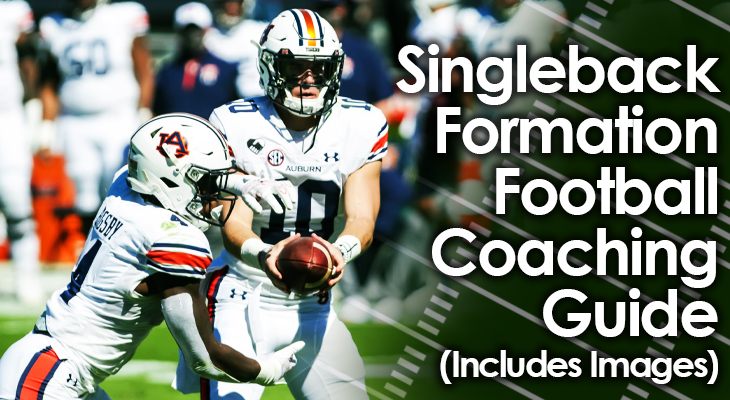The Singleback Formation is one of the most popular offensive formations in football today.
Teams can use it at all different levels of the game, mainly because of all the different variations coaches can install with it.
This formation is very easy to teach. Both run-heavy youth football teams as well as pass-happy professional teams can use it with great success.
The traditional Singleback Formation will have one halfback in the backfield lined up directly behind the quarterback. The offense also typically includes three wide receivers and one tight end.
Below, we’ll discuss the Singleback offense in more detail, with a few example running plays out of it.
Singleback Formation Offense Overview:
The Singleback Formation involves the offense having one halfback in the backfield.
In addition to the quarterback (most often lined up under center) and the five traditional offensive linemen, there are four other skill position players that coaches can tinker with.
The base package for Singleback Formation will have three wide receivers and one tight end -- with the TE lined up tight to the line of scrimmage.
Coaches can switch this up a bit depending on the down-and-distance, game situation, or the specific personnel on their team.
For example: In short-yardage and goal-line situations, coaches can bring in an additional tight end for extra blocking, and even line up the wide receivers in tight as more of wing back-like players.
In more obvious passing downs, the offense can spread the field out further. The tight end can line up split out wide, or the coach can even substitute him for a fourth wide receiver.
This flexibility in personnel and groupings is one of the main reasons why the Singleback Formation is so popular in football.
It can just as easily be run by the top teams at the NFL as it can by entry-level youth football teams with players who are still learning the game.
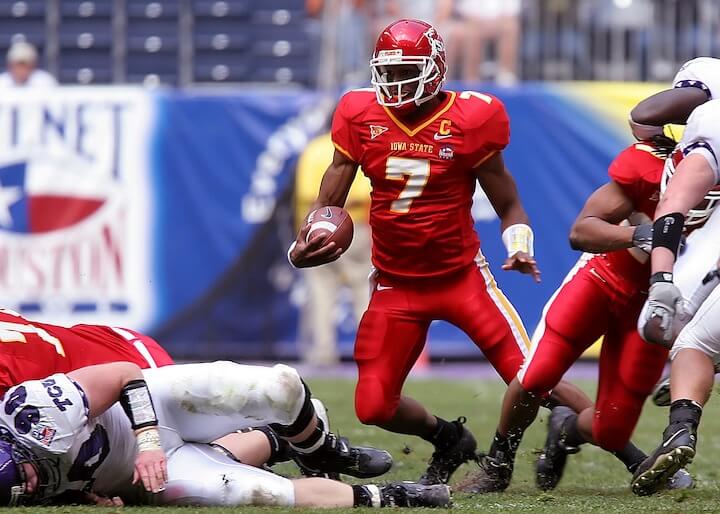
Singleback Formation Pros and Cons
As with all other formations, there are some strengths and weaknesses to the Singleback Formation.
Strengths:
It creates a lot of mismatches in the passing game.
The defense has to account for multiple receivers as well as a tight end. On top of that, and must also prepare for coaches switching out the personnel.
The outside running game is very strong, too, as there are a lot of blockers to that part of the field to outnumber defenders typically there.
The great passing plays set up misdirection runs such as the Draw -- which is another big positive.
Weaknesses:
One of the biggest drawbacks, however, is that the Singleback Formation (in its base formation) isn't great for the power running game.
Defenses could stack the line of scrimmage and overpower the blockers.
It also lacks a bit in quarterback protection, especially if the tight end runs a passing route.
Let's take a look at two examples of plays that you can run out of the Singleback Formation.
Play #1: Trips Right Blast Option
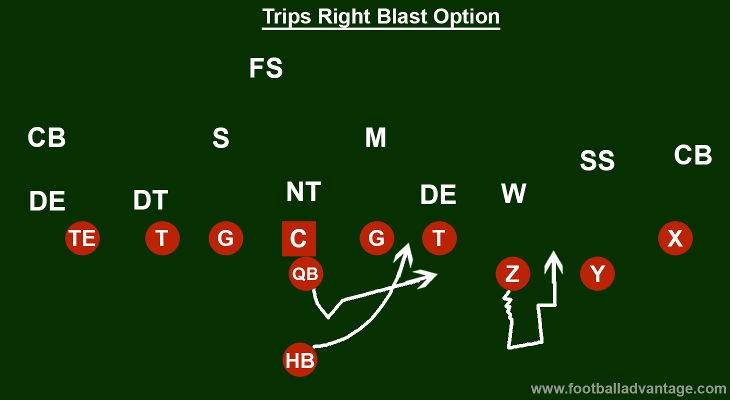
This is a run that is the classic option play.
Today, this play can actually work well in the pro game, with all the mobile quarterbacks and new offenses teams are installing.
But it's primarily a great play for youth football teams.
The tight end will line up tight to the left, with the three wide receivers in Trips to the right.
Before the snap, the Z receiver will go in motion backward a few steps, so that he's now basically in between where the quarterback and running back line up.
When the quarterback takes the snap, he'll take a step back with his right foot, plant and then head laterally to his right.
After he scans the defense, he'll have three options.
1. He can hand the ball off to the halfback for a traditional run through the B Gap.
2. He can pitch the ball to the Z receiver.
3. He can keep the ball and run it himself.
Play #2: Y Motion QB Protect
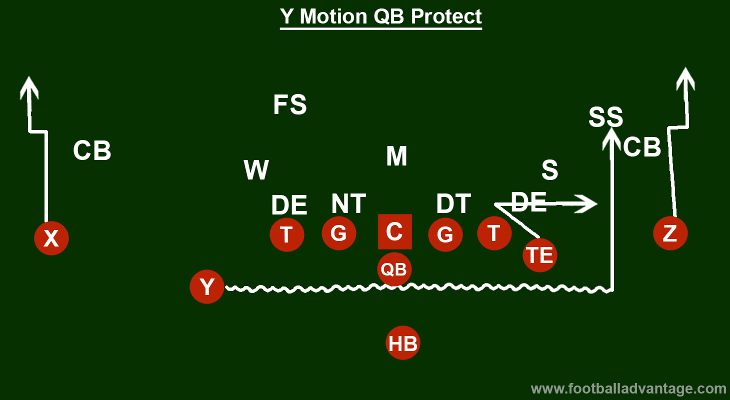
This passing play will involve pre-snap motion to switch up the defense's eye and force them to adjust.
With three players running passing routes, the halfback will stay in the backfield to provide extra blocking.
His job is to look to the right for where a defender might make it into the backfield, especially where the tight end lines up.
Before the snap, the Y will go in motion from the left to the right.
At the snap, he'll then run a Go route straight down the Seam of the field.
The tight end will fake a Quick Slant to the inside, and then run a shallow Out route toward the right sideline.
The X and Z receivers, meanwhile, will each run deep double moves toward their sidelines.
In most cases, they'll run an Out-and-Up route, in which they'll fake the Out route deep before running the Go deep down the field.
The quarterback will be looking for one of his deep routes primarily, and then toward the tight end as a safety valve if need be.
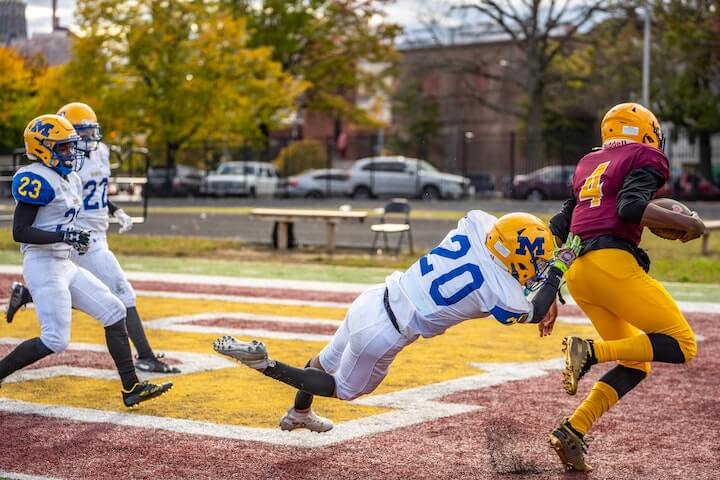
Conclusion
The Singleback Formation is one of the most popular offenses in football.
It's easy to teach and extremely versatile -- making it a popular formation by teams from the youth level all the way up to the NFL.
Coaches love the Singleback Formation because it provides them with plenty of options to make personnel substitutions and deploy different strategies to attack the defense.

